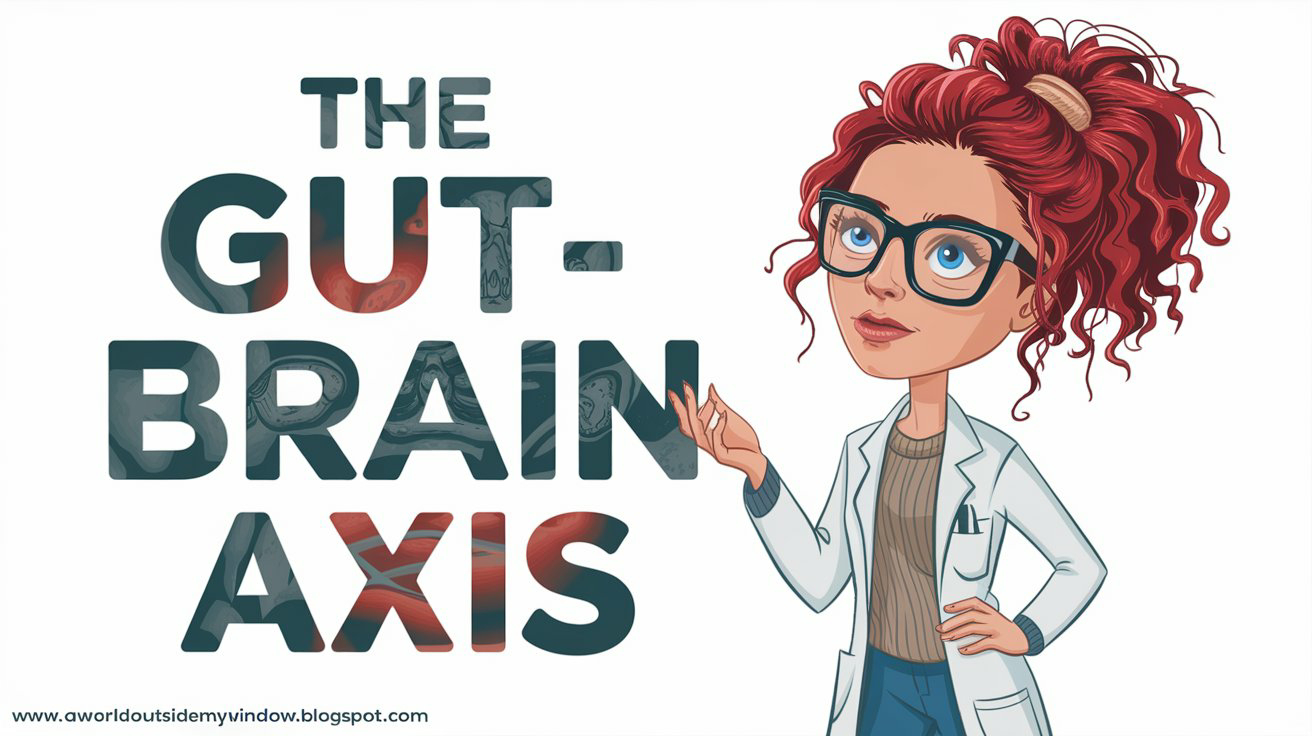The Circle of Control activity is a powerful tool for mental health journaling, helping individuals manage anxiety, stress, and emotional overwhelm. By categorizing concerns into three distinct circles—Control, Influence, and Concern—it encourages introspection and empowers individuals to focus their energy on what they can directly or indirectly affect. This blog will explore the concept in detail, describe each circle, and explain how it relates to mental health journaling. We'll also reference studies and practical applications of this method.
The Overall Idea: What Is the Circle of Control?
The Circle of Control framework originates from Stephen Covey's 7 Habits of Highly Effective People and has been adapted for therapeutic use. The premise is simple: in any situation, there are factors we can control, those we can influence, and those entirely outside our control. Anxiety often arises when we focus disproportionately on what we cannot control, creating a sense of helplessness. This activity helps shift focus toward actionable areas, fostering empowerment and emotional regulation.
How It Works:
1. Identify Stressors: Write down everything causing stress or worry.
2. Categorize: Divide these concerns into three categories:
- Circle of Control: Directly manageable aspects.
- Circle of Influence: Areas you can affect but not fully control.
- Circle of Concern: Things entirely outside your control.
3. Reflect and Act: Focus on the inner circles while acknowledging the outer ones without dwelling on them.
The Three Circles Explained
1. Circle of Control
This is the innermost circle and includes aspects you can directly manage, such as:
- Your thoughts, behaviors, and actions.
- Daily routines like diet, exercise, and sleep.
- Immediate decisions (e.g., choosing how to respond to a situation).
Focusing on this circle fosters a sense of agency. Journaling prompts for this circle could include:
- "What actions can I take today to improve my mood?"
- "How can I respond constructively to this challenge?".
2. Circle of Influence
This middle circle encompasses areas where you have partial control or influence but not full authority. Examples include:
- Relationships (e.g., how you communicate with others).
- Collaborative projects at work or school.
- Health habits (you can exercise but can't guarantee perfect health).
Journaling about this circle may involve brainstorming ways to exert positive influence or identifying boundaries:
- "In what ways can I encourage teamwork in my group project?"
- "What steps can I take to improve my environment?".
3. Circle of Concern
The outermost circle includes factors entirely beyond your control:
- Global events (e.g., climate change or political issues).
- Other people's opinions or actions.
- Unpredictable circumstances like weather.
Acknowledging these concerns without fixating on them is key. Journaling prompts might include:
- "What feelings arise when I think about things I can't control?"
- "How can I practice acceptance for these uncontrollable factors?".
Using the Circle of Control in Mental Health Journaling
Why It Works
Mental health journaling combined with the Circle of Control framework offers several benefits:
1. Emotional Regulation: Writing helps process emotions tied to uncontrollable stressors.
2. Clarity: Categorizing concerns reduces mental clutter and provides actionable insights.
3. Empowerment: Focusing on controllable aspects builds confidence and resilience.
Practical Steps
1. Create Visuals: Draw three concentric circles in your journal labeled "Control," "Influence," and "Concern."
2. List Concerns: Add worries to their respective circles.
3. Reflect: Use journaling prompts to explore each category.
4. Plan Actions: For items in the inner two circles, outline specific steps you can take.
Studies Supporting the Circle of Control Framework
Research highlights the psychological benefits of focusing on controllable factors:
1. A study published in Behaviour Research and Therapy found that cognitive reframing techniques like the Circle of Control significantly reduce anxiety by shifting focus from uncontrollable stressors.
2. A 2020 meta-analysis showed that journaling improves emotional well-being by helping individuals process complex emotions and develop problem-solving strategies.
3. The Journal of Positive Psychology reported that gratitude journaling (an extension of focusing on controllable aspects) enhances mental resilience.
Relating It to Mental Health Journals
Mental health journals serve as a safe space for self-reflection and growth. Integrating the Circle of Control into your journaling routine amplifies its impact:
Daily Check-ins: Begin each day by categorizing current stressors into the three circles.
: Use the inner circle to list things you're grateful for within your control.
Problem-Solving: For items in the Circle of Influence, brainstorm actionable steps.
The Circle of Control activity is more than a therapeutic tool; it's a mindset shift that promotes emotional resilience and clarity. By incorporating this framework into your mental health journaling practice, you can empower yourself to navigate challenges with greater focus and composure.
Start today by drawing your own circles—what's within your control? What can you influence? And what must you let go? Through consistent practice, you'll find that this simple activity can transform how you approach life's uncertainties while fostering mental well-being.






